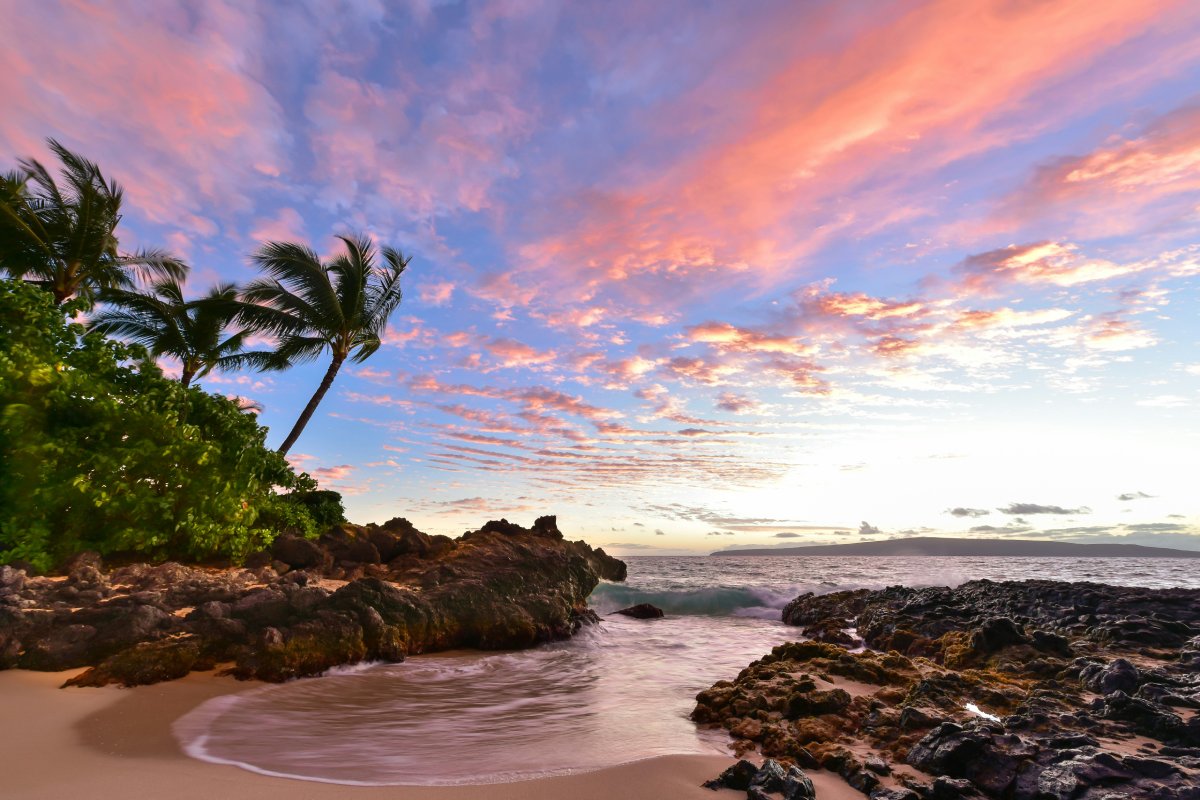Skift Take
Maui’s tourism sector hasn’t been able to shake off the impact of last year’s wildfires despite extensive marketing.
Maui still faces an uphill battle for a full tourism recovery one year after one of the deadliest wildfires in Hawaiiâs history.
“There’s a sense of optimism, but also a recognition that we have a long way to go,” said T. Ilihia Gionson, the Hawaii Tourism Authorityâs public affairs officer.
On August 8, 2023, a wildfire devastated the town of Lahaina, killed nearly 100 people and destroyed thousands of homes. The governor closed the island to tourism and then restricted the closure to western region. It wasnât fully reopened until November.
Tourism to Maui continues to lag. In the first half of 2024, Maui had 1.1 million visitors, down 24% from a year earlier, according to the Hawaii Tourism Authority. Visitor spending amounted to $2.6 billion, also down 24%.
Mauiâs hotel occupancy sat at 62% between July 1 and 27, down 11% from last year, according to CoStar. Hotel occupancy for the Kaanapali/Lahaina area was 59%, down over 17%.
Demand for Maui was âweaker than expectedâ during the third quarter, said Hyatt Chief Financial Officer Joan Bottarini during an earnings call this week with investors.
Group bookings, especially corporates, are still lagging in Maui. âWhat’s missing is group business, and that has always been our bread and butter,â said Lisa Paulson, executive director of the Maui Lodging and Hotel Association.
Some group tour operators have no plans to return this year. âIt’s just too expensive and demand is not super strong,â said Yves Marceau, vice president of G Adventures, which canceled trips in the wake of the fires last year.
Airlines have seen weak demand for flights to the island. âAverage fares were down slightly compared to the same period in the prior year due largely to a weakened Maui market, which continues to recover,â said Brent Overbeek, executive vice president and chief revenue officer of Hawaiian Airlines.
Scheduled airline seats to Maui during August are down 16.5% from last year, according to Cirium Diio Mi.
Mixed Messaging Deters Tourism
Inconsistent messaging about whether tourism is welcomed again continues to plague the island despite repeated tourism marketing efforts. In March, the Hawaii Tourism Authority launched the âMaui is Readyâ campaign. It features local businesses and residents telling visitors to return.
But a âsmall faction with a loud voice on social mediaâ have messages telling visitors to stay away from the island, said Paulson.
Some Maui residents have historically had mixed feelings toward tourism. âThere always has been and likely always will be a group of folks whose promise of tourism’s benefits has not really reached them,â said Gionson. âThe call to stay away resonates so much louder and quicker than a call to return.”
At the same time, Maui has also been losing domestic tourists to international destinations like Europe, Mexico and the Caribbean, said Paulson.
American trips abroad through May this year totaled 36.3 million, up 35% from last year, according to the U.S.âs National Travel and Tourism Office.
Housing for the Displaced
The town of Lahaina continues to rebuild. The roads are clean of debris left by the fire. More businesses, hotels and restaurants have reopened. More events are popping up.
But the community has not decided what role tourism will play in its economic future. âThat’s an ongoing conversation that that community is having,â said Gionson. âWe’re staying out of that for the time being. âWe don’t want to advocate a particular position or direction.â
A major issue for Maui residents after the fire was finding long-term housing for those displaced by the fire. Thousands of wildfire victims resided in West Maui hotels under contracts with FEMA for months.
At a December community meeting, many of the displaced voiced frustration and fears theyâd lose their housing to tourists.
Now, the displaced are no longer in hotels and reside in temporary housing. âAll the disaster survivors who were temporarily staying in hotels have found more medium term or long term housing,â said Gionson. “I’m starting to see some of the first new housing built for survivors starting to open up.”
Maui to Phase Thousands of Short-Term Rentals
To alleviate the housing shortage, local politicians plan to make changes to short-term rental regulations. The Maui County Council is considering passing a bill that would ban nearly 7,000 units in apartment districts located in West Maui from being used for short-term rentals. If passed, the bill would go into effect on July 1, 2025.
Short-term rental operators have been largely opposed to legislation. âIf it goes on as is, we’d have to figure out what we’re gonna do with them. They wouldn’t be technically allowed to short-term rent,â said Matt Pauli, chief operating officer of Maui Owner Condos.
The hotel industry is in favor of it, saying it will make housing more affordable for the local workforce. âWe’ve always been in favor of it because it provides housing for our employees,â said Paulson.

